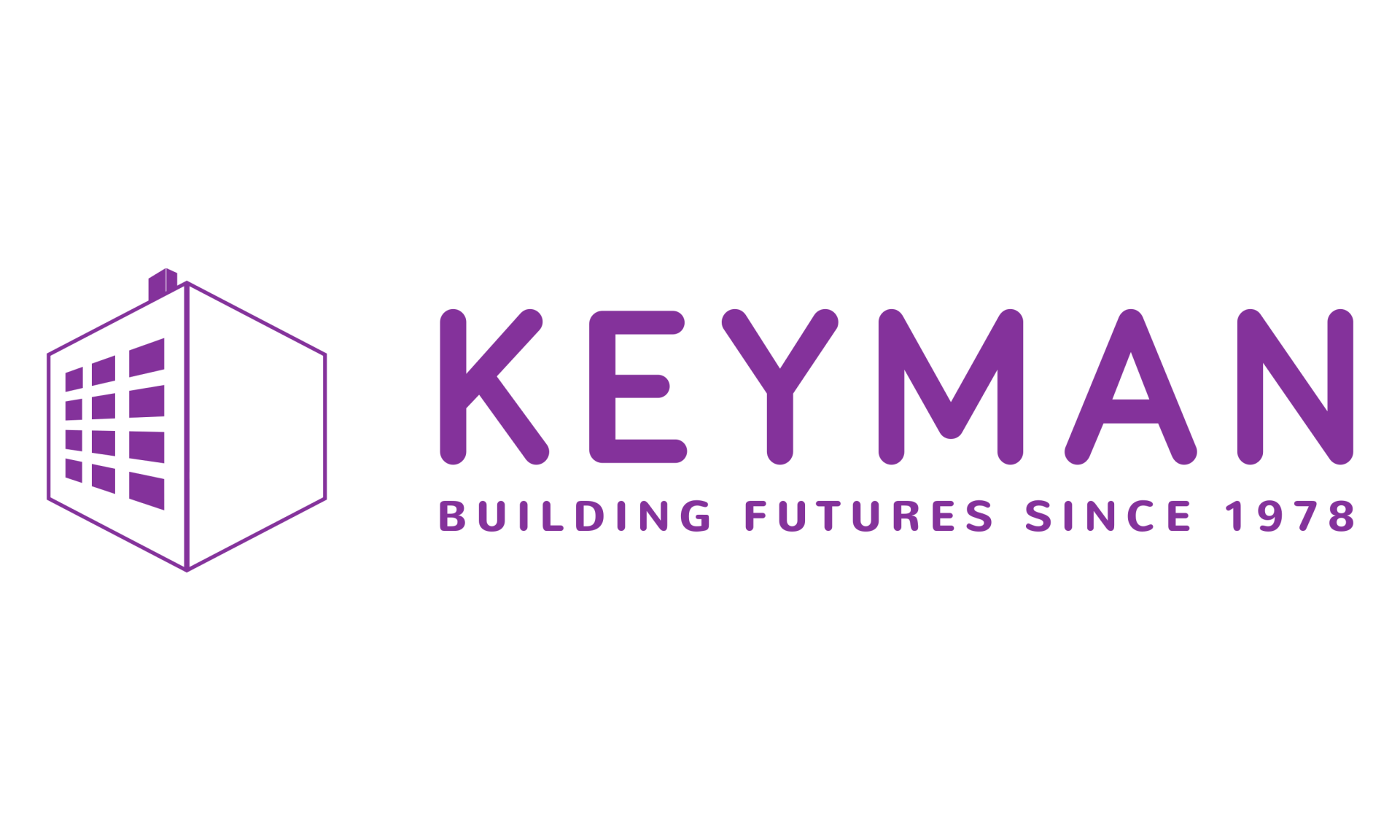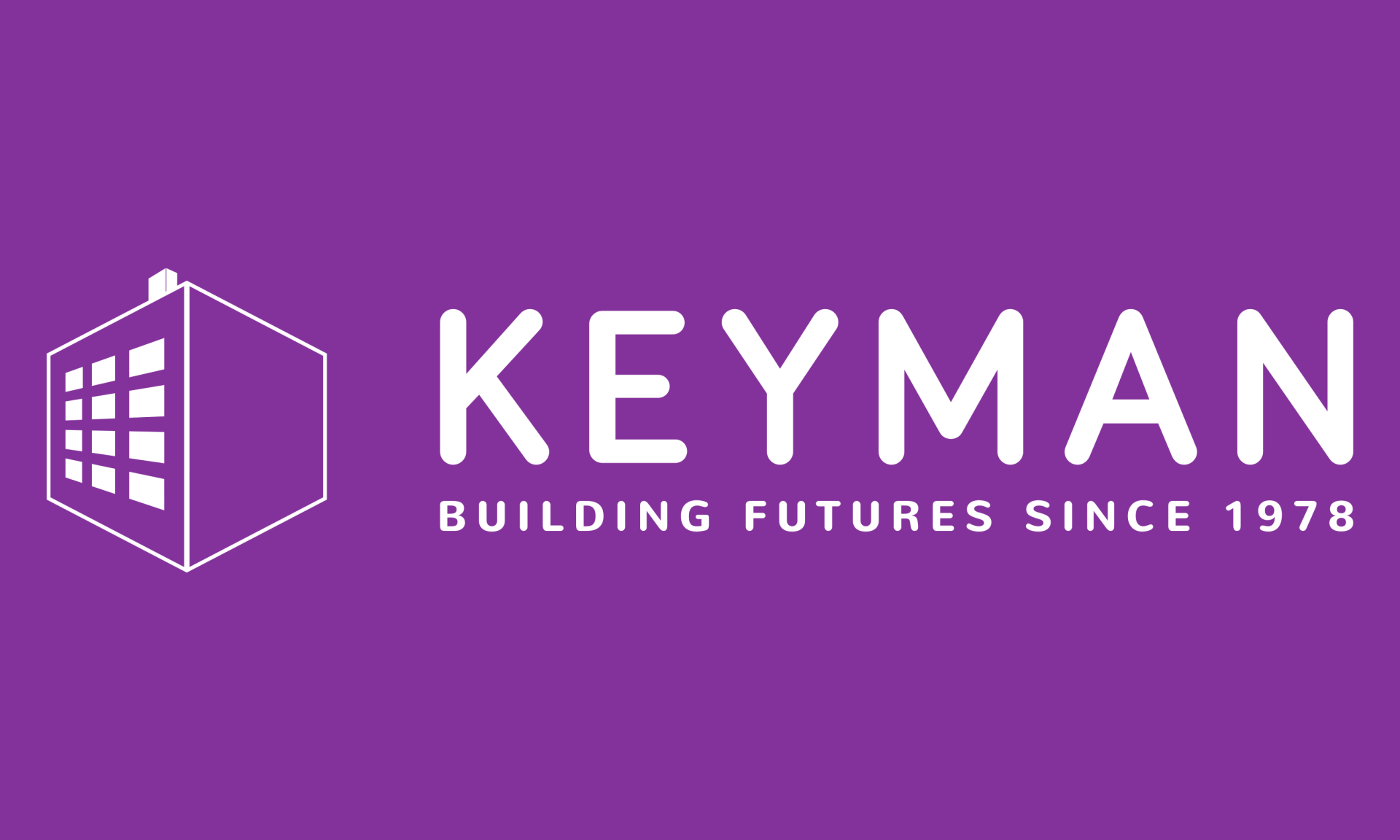
The Building Safety Act 2022: A Deep Dive into its Evolution and Impact in 2023
The Building Safety Act of 2022 marked a significant milestone in the UK's approach to ensuring the safety of high-rise residential structures. Crafted to bolster building safety protocols and reduce hazards, this act lays out a robust regulatory system. Its aim? Ensuring that structures, from their foundation to their facade, meet the pinnacle of safety standards.
Key Pillars of the 2022 Act:
1. Birth of the Building Safety Regulator: An independent authority now shoulders the critical task of supervising building safety and performance.
2. Registration is No Longer Optional: High-rise residential edifices are now bound by a mandatory registration system, paving the way for regular safety inspections and accountability.
3. Enter the "Accountable Person": This crucial role ensures that someone is always answerable for the building's safety at every phase of its existence.
4. Transparent Trail of Building Components: The act accentuates the importance of tracking and validating the materials and products that breathe life into the construction.
5. Residents at the Heart: Gone are the days when resident voices faded into the background. Their concerns and opinions are now integral to the safety process.
The 2023 Refinements:
Safety, as an ongoing commitment, witnessed further legislative enhancements in 2023. These are:
1. Widening the Safety Net: The act’s scope now shelters buildings even below the 18-meter mark, ensuring an encompassing safety framework for a broader spectrum of residences.
2. Unveiling the Higher-Risk Buildings (HRBs) Regulations: Buildings with distinct features, leading to increased safety concerns, now find themselves under the stringent umbrella of the HRBs regulations. These rules emphasize advanced fire safety, rigorous safety standards, and a holistic system for risk evaluation and management.
3. Empowering Leaseholders: In 2023, leaseholders find themselves equipped with clear government guidance on building safety. It delineates their privileges, duties, and provides a roadmap to navigate the intricate terrains of building safety nuances.
Implications for Building Proprietors and Potential Buyers:
The ripple effect of the 2023 updates nudges building owners into a realm of heightened responsibility. They must:
• Engage actively with the Building Safety Regulator by registering their properties.
• Commit to routine safety assessments and validate their adherence to the set safety criteria.
Non-compliance is not taken lightly, with repercussions ranging from monetary fines to potential criminal prosecution.
For those eyeing a new property purchase, the act underscores the importance of exhaustive research. It’s vital to gather in-depth details about the property's safety initiatives, its regulatory conformity, and any requisite remedial actions.
In Conclusion
The Building Safety Act, with its 2023 refinements, stands as a testament to the UK's unwavering dedication to building safety. While the journey to a safer architectural future is ongoing, these regulations ensure that every step taken is a stride towards a safer tomorrow.
Keyman Blog



